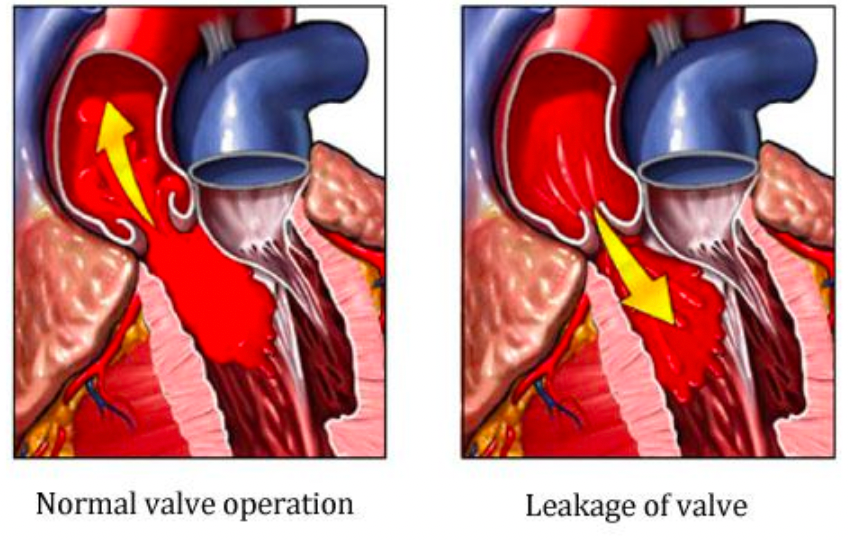It's Topic Tuesday!
- siths375
- Mar 26, 2024
- 3 min read
What's up family! I hope you are all doing well this lovely Tuesday morning. Welcome back to another week of Topic Tuesday, where we learn something new together.
Today's topic will be focusing a bit on aortic valve disease -- specifically what are the two major valve types that can be used to replace a diseased aortic valve.
As a brief review - the two main types of aortic valve disease are --
Aortic Stenosis > here, the valve is too tight. This happens as we age due to the deposition of calcium, fats, and cholesterol along the leaflets of the valve causing it to harden and lose its ability to expand.
2. Aortic regurgitation > here the valve is too loose and flappy. This means the valve is not tight enough, allowing blood to leak backwards into the heart with each beat due to an inadequate seal between the leaflets.
When it comes time to replace your aortic valve, the two main options are mechanical valves, which are made of a metallic material and bioprosthetic valves, which are made using an animal tissue, usually either porcine (pig) or bovine (cow) tissue. Each of them offers unique benefits.
A mechanical valve is made out of a non-immunogenic metallic material that is designed to decrease the risk of your body forming a reaction to it. They are considered to be the most durable and long-lasting valve, often pumping for 20-30 years before they start to wear down again. This is why they are often the primary choice in younger patients (50-60 year olds). However, the main drawback of these valves is the need for life-long blood thinners, specifically Coumadin to make sure no clots develop along the metal surface.
Alternatively, patients can consider bioprosthetic valves. Once again, these valves are non-immunogenic meaning the risk of your body rejecting them is low due to the way they are designed. These valves have a lower risk of thrombosis and most patients do not have to be on life-long blood thinners their whole life. However, unlike their mechanical counterparts, bioprosthetic valves are more susceptible to calcium buildup over time like the native aortic valve leading to premature structural valve deterioration. Their durability is estimated to be between 10 and 20 years, which may not be an issue in elderly patients (60-80 years old) whose expected life expectancy is within this range. However, younger patients who undergo bioprosthetic valve replacement and “out-live” their valve will need a second valve replacement in their lifetime.
Both types of valves have been extensively research and function well doing the original job of the aortic valve you were born with - that is opening to allow blood to enter the aorta and supply the rest of the body AND close while the heart is filling to make sure blood does not leak backwards. If you or a loved one are planning to undergo aortic valve replacement, be sure to discuss the different options with your surgeon and cardiologist to find the choice that suits you best!
And that's it for this week's Topic Tuesday. We hope you learned something new. Please feel free to leave any questions or comments you have below! And if there are any specific topics you would like Duc and I to cover in future posts, do not hesitate to let us know below as well!
Thank you for taking this journey with us. Until next time, stay happy, stay healthy, and stay Thinking Aorta!
Your friend,
AA.














Comments